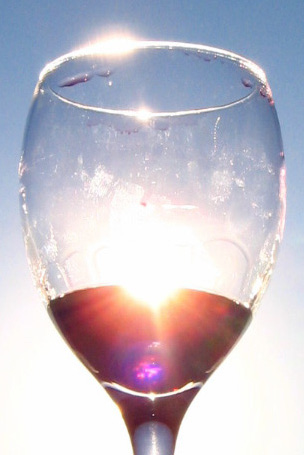South of the Clouds
 Some pictures from my trip to Yunnan Province in southwestern China. Yunnan southeast of Tibet and is home to the highest number minority peoples in China. It's capital, Kunming, is the "City of Eternal Spring" and I must say, this area of the world must see some of the best weather - clear, warm yet breezy, sunny but not overly humid.
Some pictures from my trip to Yunnan Province in southwestern China. Yunnan southeast of Tibet and is home to the highest number minority peoples in China. It's capital, Kunming, is the "City of Eternal Spring" and I must say, this area of the world must see some of the best weather - clear, warm yet breezy, sunny but not overly humid. The Stone Forest - a karst formation covering more than 300 square km. Originally underwater limestone sediment about 270 million years ago, it accumulated in layers until it rose above the water and was eroded into a vast forest of peaks and crags and ridges. The landscape is phenomenal, almost otherworldly, were it not for the theme-parkish village the Chinese built around it and hordes of tourist groups bustling through and climbing all over everything. The high entrance fees don't make it any prettier. . . OK I better stop now. Really, this forest is stunning but I think it is one of those instances where tourism was not employed for the greater good.
The Stone Forest - a karst formation covering more than 300 square km. Originally underwater limestone sediment about 270 million years ago, it accumulated in layers until it rose above the water and was eroded into a vast forest of peaks and crags and ridges. The landscape is phenomenal, almost otherworldly, were it not for the theme-parkish village the Chinese built around it and hordes of tourist groups bustling through and climbing all over everything. The high entrance fees don't make it any prettier. . . OK I better stop now. Really, this forest is stunning but I think it is one of those instances where tourism was not employed for the greater good.

 One of the pagodas in Dali, ancient capital of the Bai (a minority group) kingdom and now one of the more popular tourist destinations in Yunnan.
One of the pagodas in Dali, ancient capital of the Bai (a minority group) kingdom and now one of the more popular tourist destinations in Yunnan. Traditional Chinese architecture - gabled roofs and intricate woodwork above the doors
Traditional Chinese architecture - gabled roofs and intricate woodwork above the doors The May Holiday Festival in full swing in Dali - droves of people flowing through the city gates to browse through one of the biggest markets I have ever been too - everything from designer clothes and shoes to traditional remedies in the forms of turtle shells, goat horns and snake skins floating in jars of oil
The May Holiday Festival in full swing in Dali - droves of people flowing through the city gates to browse through one of the biggest markets I have ever been too - everything from designer clothes and shoes to traditional remedies in the forms of turtle shells, goat horns and snake skins floating in jars of oil
 A typical eating establishment in Yunnan - lots of fresh vegetables displayed outside the restaurant, which are then added into noodle broths with meat for a hearty meal
A typical eating establishment in Yunnan - lots of fresh vegetables displayed outside the restaurant, which are then added into noodle broths with meat for a hearty meal The patterned landscape on the way to Lijiang, about 4 hours north of Dali by bus
The patterned landscape on the way to Lijiang, about 4 hours north of Dali by bus

Pictures from Lijiang Old Town, which is a UNESCO World Heritage Site. The Old Town is a maze of classical Chinese architecture and cobblestone streets with small canals snaking around the buildings and traversed by those quintessential arched stone bridges. Much of this area was destroyed by an earthquake in the late 1990s and subsequently rebuilt following the traditional form. It is beautiful to look at and get lost in the winding streets although it is full of touristy shops and hordes of tourists to go along with them all, especially on Chinese holidays! Still, I did find some good buys - a lot of the merchandise features stone and marble carvings, paintings, and examples of the Naxi (another Chinese minority group) hieroglyphic script known as Dongba.



<< Home